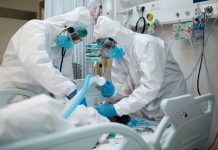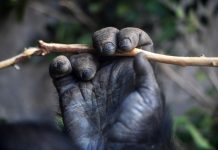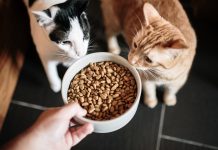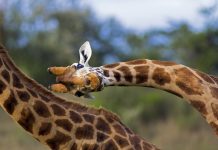Home 2023
Archives
Applying data science advances in disease surveillance and control
Dr. David S. Ebert from the University of Oklahoma’s Data Institute for Societal Challenges and Dr. Aaron Wendelboe from the University of Oklahoma Health Sciences Center outline how a cohesive, multidisciplinary, and multi-tiered approach can support a more predictive model in disease surveillance and control.
The function of fingerprints: How can we grip?
Professor Gun-Sik Park, in the Department of Physics and Astronomy at Seoul National University explores the function of fingerprints from a lens of understanding the mechanism of our human ability to grip.
Fostering nonhuman primate (NHP) brain research without animal sacrifice
The MacBrain Resource Center (MBRC) at Yale University School of Medicine is positioning itself at the forefront of innovative ways to provide cost-effective means for scientists to conduct de novo nonhuman primate brain research with extant materials.
Ensuring healthier pets through improved nutrient precision in pet foods
Improved nutrient precision in pet foods is critical to pets, people & planet; Dennis E. Jewell, PhD from Kansas State University & Matthew I. Jackson, PhD from Hill’s Pet Nutrition, explain.
Tracking animal migration with stable isotopes
Keith A. Hobson from Western University and Environment and Climate Change Canada, walks us through tracking animal migration with stable isotopes, starting with some background information.
Driving industrial biomanufacturing with evolution
Why do giraffes have long necks? At the University of Sheffield, Prof. Tuck Seng Wong applies Darwinian intrinsic research to the realm of industrial biomanufacturing.








